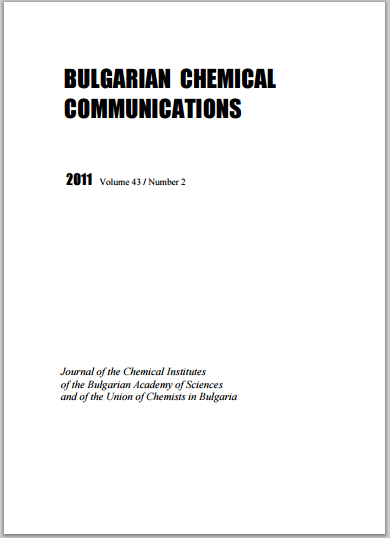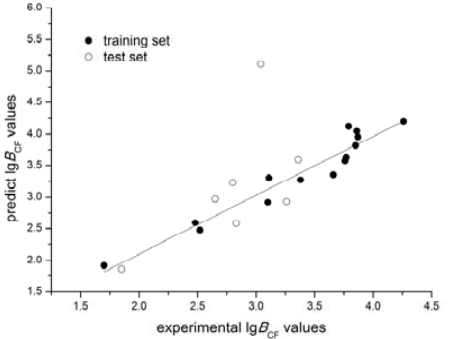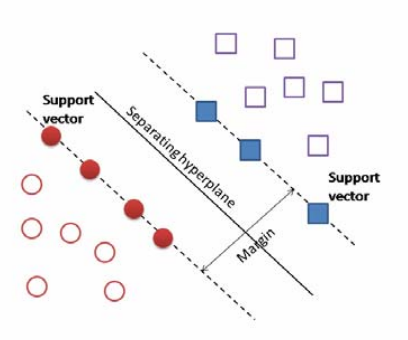【来自SCI的前沿论文】———QSARstudy of halogenated benzene bioaccumulation factors in fish
作(著)者:陈福迪
导师:王斌
学术期刊或出版社名称:BulgarianChemical Communications
期刊封面:

期刊简介:BulgarianChemical Communications期刊为SCI-E收录,收录化学方向文章。
DOI:WOS:000401034500031
论文主要内容:
Certainelements or compounds, that are difficult to decompose, accumulate inorganisms. The phenomenon of higher compound concentrations inorganisms than in the environment is called bio-concentration. Thisresearch studies bio-concentration factors (BCF) of 21kinds of halogenatedbenzene in fish. Here, 14 kindsof halogenatedbenzene molecule parameters are randomly selected as training setsand the remaining parameters are considered as testing setsto calculate halogenated benzene molecule descriptors. A predictionmodel of the quantitative structure–activity relationship betweenbio-concentration and molecular descriptors is built using themultiple linear regression method. The independent variable withserious collinearity is eliminated to obtain an optimal predictionmodel (R2=0.919).

Fig.1.Comparison of the experimental and predicted values
Theprediction data of linear regression are also obtained using themolecular parameters of the test set. A support vector machine (SVM)is used to predict the result of the test set using the training setas study samples.

Fig.2.Support vectors determining the position of the optimal hyperplane.
Thebest method for predicting the bio-concentration factor ofhalogenobenzene in fish is determined by comparing the predictionaccuracy of the two methods. The final results indicate that themodel officially built by stepwise regression can effectively predictBCF. SVM is more accurate in predicting BCF. SVM possesses betterpredictive capability in issues with a small amount of samples.
作者简介:陈福迪,水产与生命学院海洋生物学2014级研究生,主要研究方向为生态毒理学建模,硕士期间曾获得2015和2016年研究生国家奖学金,参与项目《基于IPv6的水产品物联网试验系统的设计与应用》,毕业论文题目为《有机磷酸酯对双齿围沙蚕幼体急性毒性预测模型的研究》。
作者生活照


